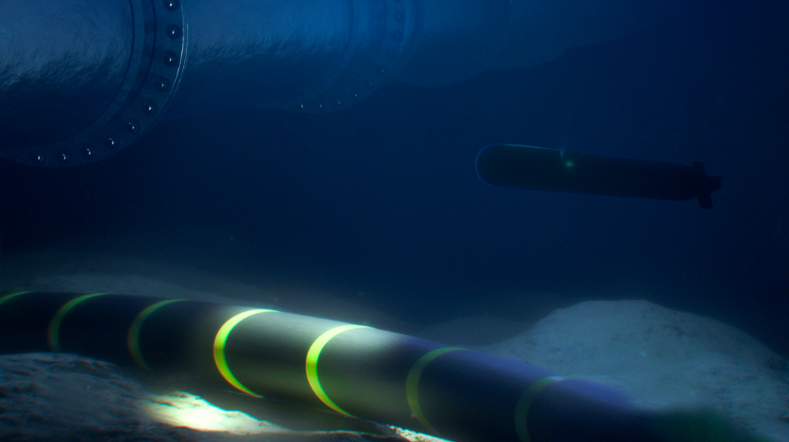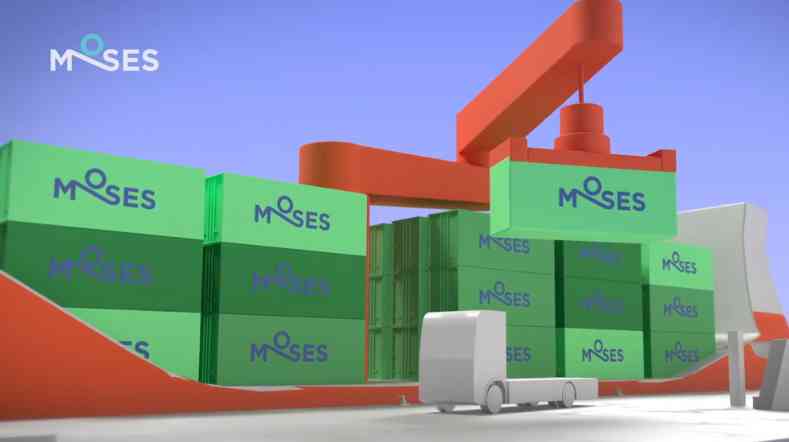CARPET: computer-aided radar performance evaluation tool
Status project
1993 - present
CARPET appeared on the market in 1993 and is presumably the most widely used radar performance assessment program. Since the initial release date radar systems have evolved; solid state RF power generation is now commonplace, like pulse compression, Doppler filtering and tracking. Modern radar systems apply multiple different waveforms per dwell: pulse lengths, RFs and PRFs stagger from pulse to pulse or from burst to burst. CARPET-users therefore requested a new release of CARPET, which is now available: CARPET 3.
CARPET 3 order form
The product comes as a base version with improved functionalities compared to version 2, such as Firm Track Probability calculations and over thirty additional diagrams including PPI-view diagrams. Its functionality can be further extended by a number of plug-ins. With the ‘TERPEM Light’ plug-in, CARPET 3 has the highly advanced EM-propagation model TERPEM on board, which comes from Signal Science Ltd.
Users can import WMO radiosonde code and see how this affects the radar coverage. They can import or construct a refractivity profile. In addition users can position the radar in a landscape and can see what the terrain profile does to radar coverage.
Within the Python plug-in, CARPET 3 also comes with an editor in which users can write or import Python code, making use of CARPET functionality. Other plug-ins, ‘Multi-Burst’ and ‘Multi-scatterer target’ make CARPET 3 more capable to assess the performance of solid-state coherent radars in combination with complex targets.
Get inspired
How do we limit damage to marine mammals from our underwater noise?


TNO develops detection system to protect cables and pipelines on seabed


Autonomous detection and moving of containers optimises the European Short Sea Supply Chain


Earlier detection of hypersonic missiles with TNO technology means more time for interception


First overview of cyberattack techniques by AI against AI


